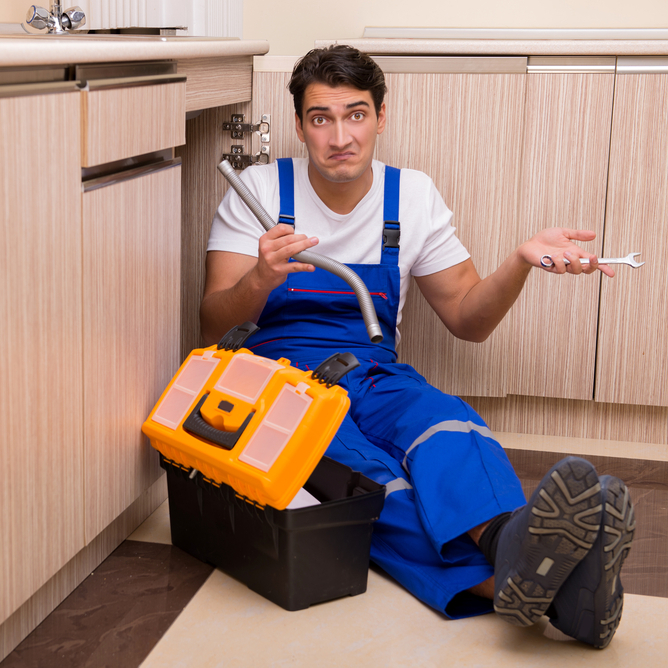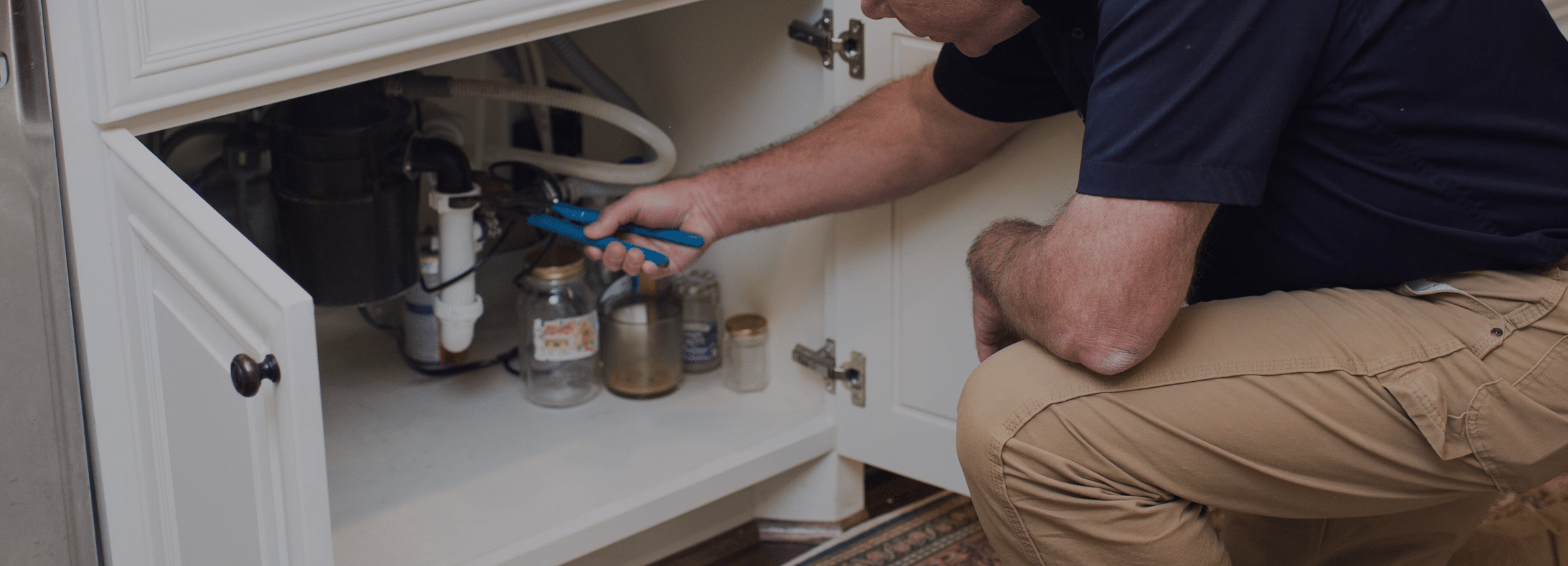Determining When You Should Do It Yourself and When to Call Professional Plumbers
Determining When You Should Do It Yourself and When to Call Professional Plumbers
Blog Article
What are your ideas concerning When to call a professional plumber vs. DIY?

Intro
Pipes concerns can vary from small aggravations to significant migraines, frequently prompting homeowners to decide in between taking on the issue themselves or contacting a professional plumber. Recognizing when to do it yourself and when to look for professional help can conserve time, money, and prevent possible disasters. This write-up checks out the variables to think about when making this essential choice.
Benefits of Do It Yourself Pipes
Taking on pipes jobs on your own can be gratifying in numerous ways, especially for easier jobs.
Cost Financial savings
Do it yourself pipes tasks usually save money by avoiding expert service fees. Tasks like taking care of small leaks, changing taps, or mounting new showerheads are examples where property owners can deal with repair work without working with a plumbing.
Skill Enhancement
Participating in DIY pipes supplies a possibility to find out and enhance sensible abilities. Standard tasks empower homeowners to recognize their plumbing systems better and obtain confidence in taking care of small fixings separately.
Threats of DIY Plumbing
While DIY tasks provide advantages, specific threats ought to be carefully thought about prior to trying repair work.
Intricacy of Tasks
Some pipes problems need specialized understanding and devices beyond normal homeowner capabilities. Messing up complicated issues can cause additional damage and pricey fixings.
Safety Issues
Working with plumbing systems involves risks such as exposure to water damages, possibility for electrical dangers, and dealing with tools improperly. Security safety measures must be observed to avoid crashes and make certain reliable repair services.
Indicators to Call an Expert Plumbing Technician
Recognizing when a pipes problem exceeds do it yourself abilities is essential to stop aggravating problems.
Indications of Facility Concerns
Examples include:
Motivate expert intervention is required to attend to these concerns effectively and reduce damage.
DIY Plumbing Tips
For successful do it yourself plumbing, it's necessary to be prepared with the right devices and comply with appropriate procedures.
Basic Tools and Materials
Trick tools for DIY plumbing:
Step-by-Step Guides
Clear directions ensure secure and efficient do it yourself repair work:
Picking the Correct Time to DIY
Determining when to tackle plumbing tasks yourself calls for assessing both the intricacy of the problem and personal convenience levels.
Assessment List
Think about:
When to Absolutely Call an Expert
Specific scenarios require prompt experienced attention to avoid extensive damage or security threats.
Examples include:
Finding and Hiring a Professional Plumbing Professional
Choosing a qualified plumbing technician makes certain reliable solution and satisfaction in solving plumbing issues.
Criteria for Option
Aspects to consider:
Price Analysis: DIY vs. Specialist Solutions
Comparing the financial ramifications of DIY initiatives versus expert plumbing solutions helps in making notified choices.
Financial Considerations
Assess:
Final thought
Deciding whether to do it yourself or call a specialist plumbing technician hinges on recognizing the intricacy of plumbing problems and individual capabilities. By weighing the advantages and threats, homeowners can make informed options that promote effective maintenance and secure their homes from pipes calamities.
DIY Plumbing Projects: What Homeowners Can Do and When to Call a Professional
Welcome to our comprehensive guide on DIY plumbing projects. In this blog post, we aim to empower homeowners with the knowledge and skills to tackle basic plumbing tasks around the house. From unclogging drains to fixing a leaky faucet, we’ll walk you through step-by-step instructions on how to handle these common issues.
However, not all plumbing problems can or should be solved with a DIY approach. Recognizing when a problem is beyond your skill level and requires professional intervention is just as important as knowing how to perform basic tasks. We’ll also discuss the signs that indicate it’s time to put down your tools and pick up the phone to call a professional plumber. By understanding when to DIY and when to call a professional, you can save time, avoid potential disasters, and ensure your home’s plumbing system remains in top shape.
Understanding Plumbing Basics
Before we dive into the DIY projects, let’s take a moment to understand the basics of your home’s plumbing system. A typical residential plumbing system consists of two major components: the water supply system, which brings fresh water into your home, and the drainage system, which removes waste water. These systems are made up of a network of pipes, valves, and fixtures that work together to deliver clean water and dispose of waste efficiently.
Regular maintenance of your plumbing system is crucial to prevent minor issues from escalating into major problems. This includes tasks like checking for leaks, removing minor clogs, and ensuring your pipes are insulated for winter. By performing these tasks regularly, you can extend the lifespan of your plumbing system, save money on water bills, and maintain the comfort and hygiene of your home.
In the following sections, we’ll explore some common DIY plumbing projects that homeowners can handle, as well as situations that require the expertise of a professional plumber. Whether you’re a seasoned DIY enthusiast or a beginner, this guide will provide you with valuable insights into the world of home plumbing.
DIY Plumbing Projects Homeowners Can Handle
Plumbing may seem intimidating, but there are several tasks that homeowners can confidently tackle with a little guidance and the right tools. Here are a few common issues you might encounter and how to address them.
Unclogging Drains
Use a Plunger: This is your first line of defense. A good old-fashioned plunger can dislodge the obstruction and clear the drain in many cases. Try a Plumber’s Snake or Hand Auger: If the plunger doesn’t work, a plumber’s snake or hand auger can reach deeper into the pipe to break up the clog. Use a Drain Cleaner: If physical methods fail, a chemical drain cleaner can dissolve the clog. However, use these products sparingly as they can damage your pipes if overused.

I'm certainly very excited about DIY Plumbing Projects and When to Call a Professional and I'm hoping you enjoyed the article. Enjoyed our article? Please share it. Let others discover it. Thanks a bunch for your time. Don't forget to stop by our blog back soon.
Schedule Now! Report this page